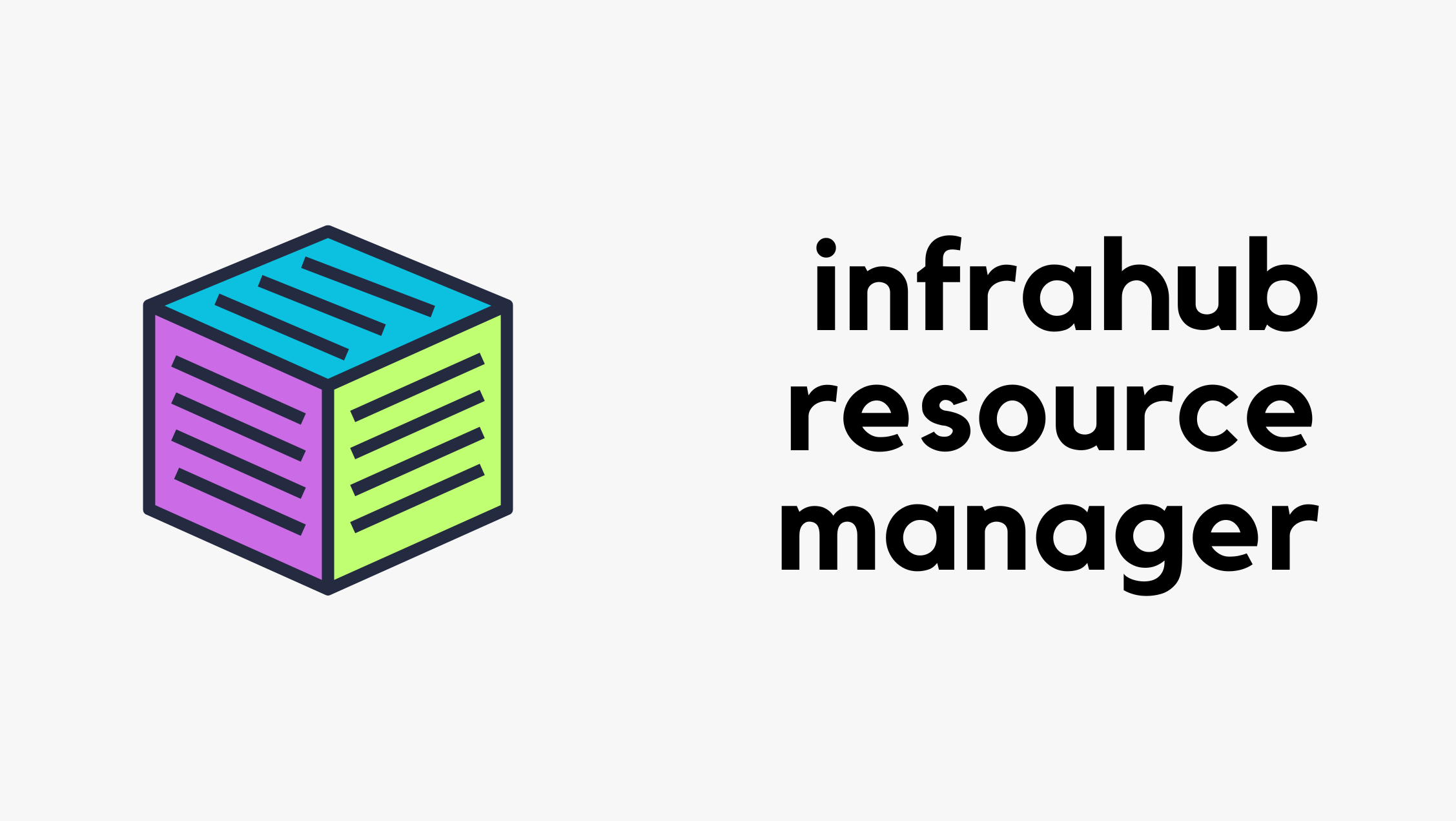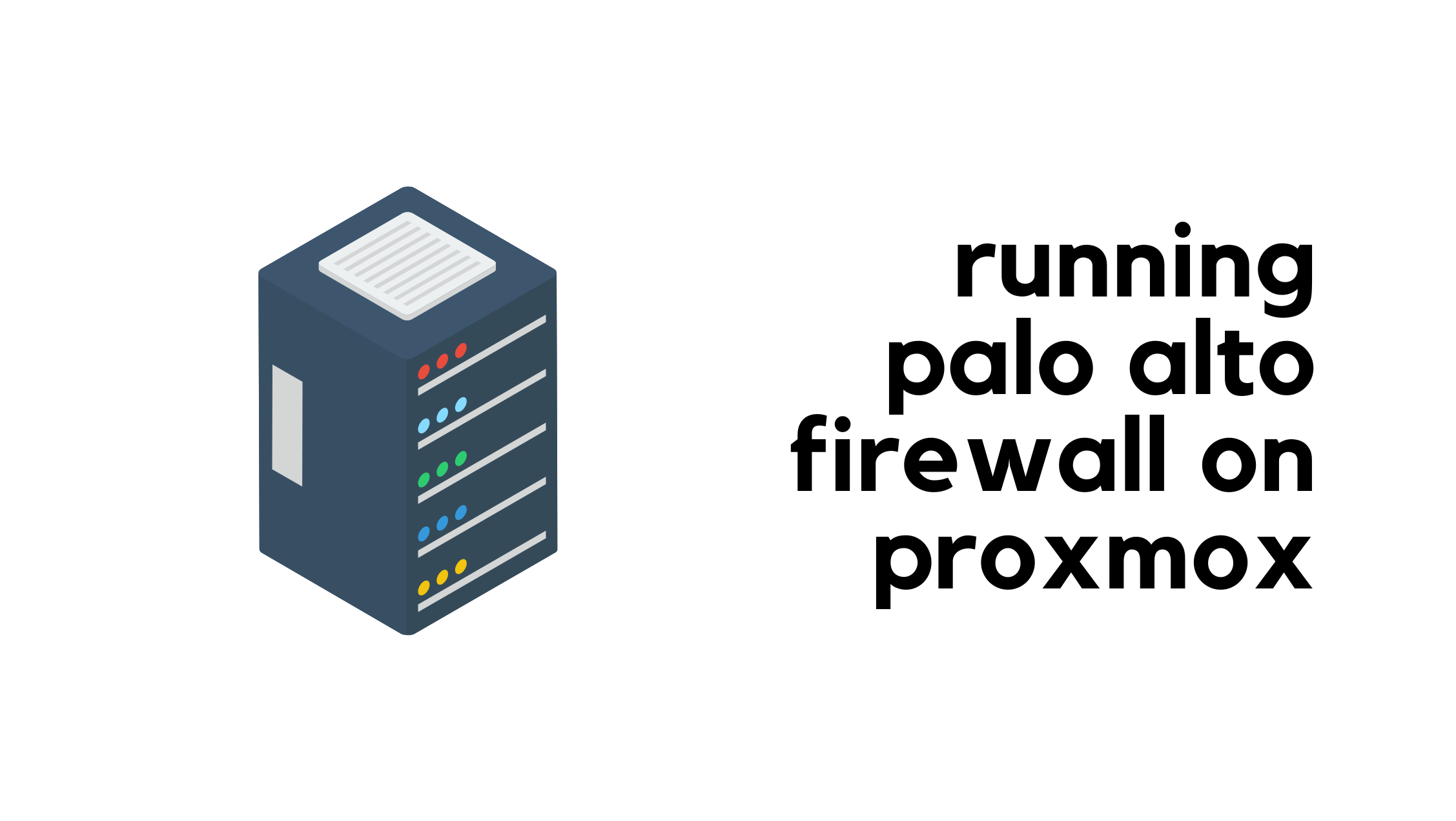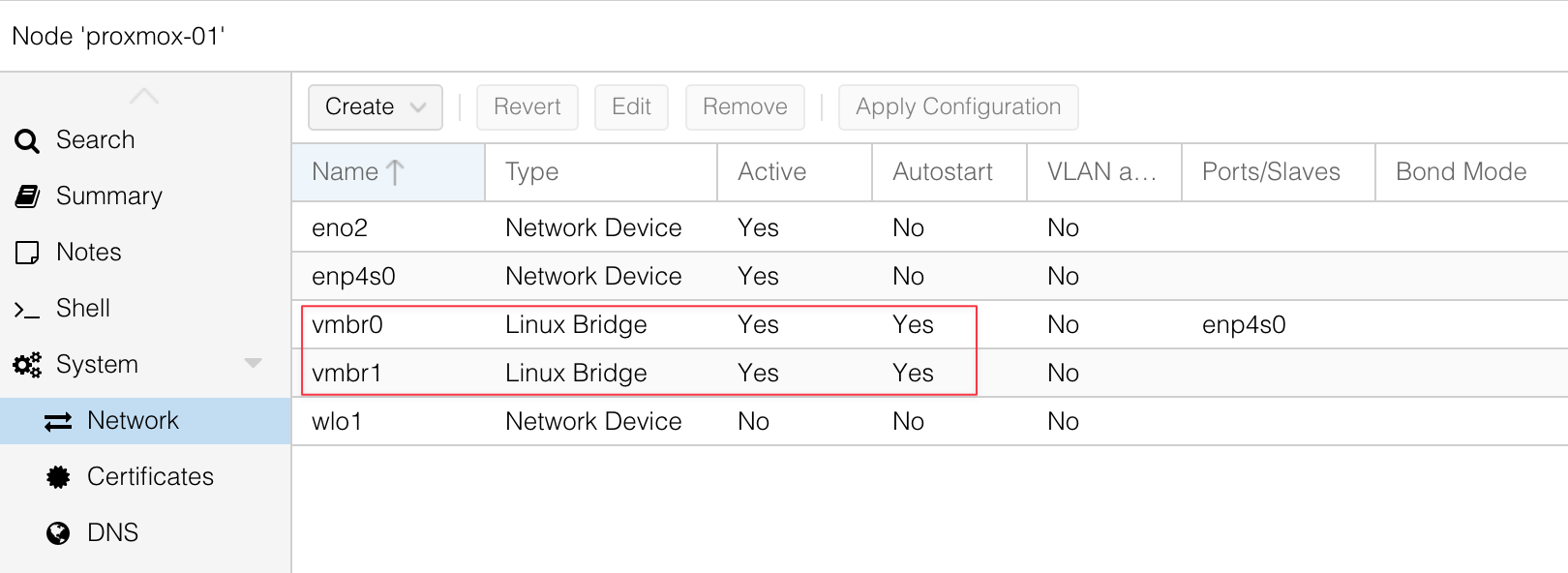Automate IP, VLAN & BGP Resource Allocation With Infrahub Resource Manager

Have you ever had two teams accidentally assign the same IP address? Or heard someone ask, “Can I get a VLAN? I’m not sure which one to use.” I’m also certain you have because manually managing infrastructure resources like IP addresses, IP prefixes, VLAN IDs, and BGP ASNs is still all too common in a lot of environments. Manual resource management is also time-consuming and painful, and often results in duplicate resource assignments, which means more work to clean things up later.
Disclaimer – OpsMill has partnered with me for this post, and they also support my blog as a sponsor. The post is originally published under https://opsmill.com/blog/infrahub-resource-manager-automate-allocation/
The Infrahub Resource Manager is designed to eliminate those pains while speeding up your workflows. The Resource Manager automatically hands out resources from managed pools and ensures every allocation is tracked and unique.

In this guide, we’ll show you how the Infrahub Resource Manager works and give you three ways to build pools and allocate resources with it.
Common use cases for the Infrahub Resource Manager
The Resource Manager can be used in many areas of network design and automation. A common use case is data center expansion Continue reading

